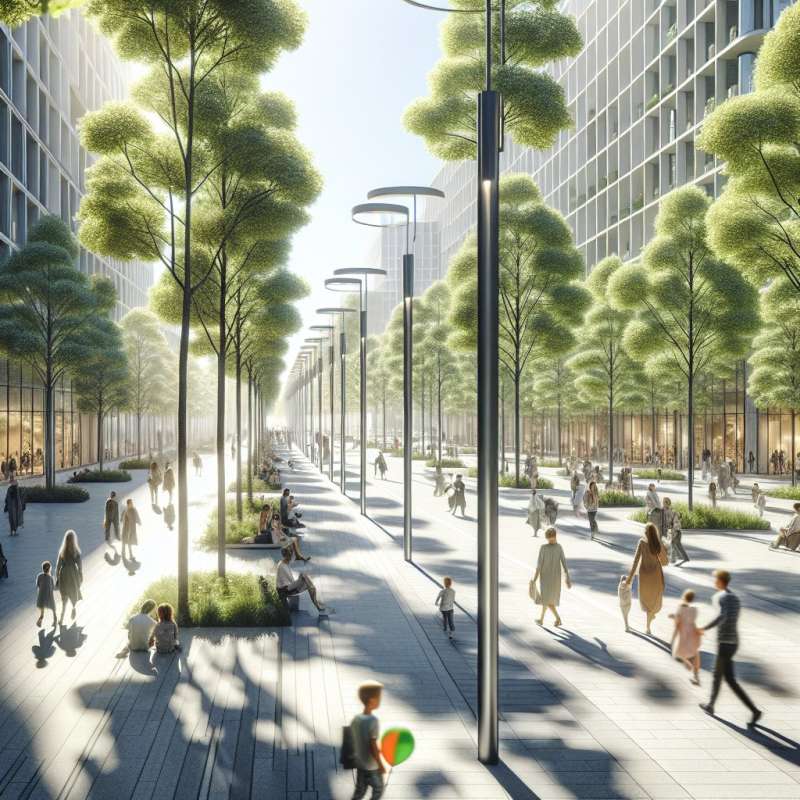
Understanding Personal Safety
Feeling safe is a basic human need. Surprisingly, safety perception can be influenced by factors like social stability, trust in local law enforcement, and community connectedness.
Psychology of Safety
Our brains are wired to detect threats, a throwback to ancient survival instincts. What's fascinating is that sometimes we feel unsafe, even when statistically, we are in a safe environment.
Environmental Design Impact
Urban planning has a hidden role in how safe we feel. Well-lit streets, open spaces, and visibility can enhance our sense of security. It's not just aesthetics; it's psychological reassurance.
Community Strength
Communities with strong social ties report higher feelings of safety. The surprise? It might have less to do with actual crime rates and more with the presence of mutual support systems.
Technology and Safety
From apps that track your walk home to social media that connects neighbors, technology is reshaping our safety measures. But beware, tech can both increase and reduce our feeling of security.
Physical Activity's Role
Regular exercise can make you feel safer. It boosts confidence, improves alertness, and studies show it may even increase your ability to recognize and react to potential threats.
Building Personal Resilience
Feeling safe is also an inside job. Surprisingly, mindfulness and resilience training can play a big role in your perception of safety by reducing anxiety and enhancing your coping strategies.
What shapes safety perception?
Technology only
Social stability, trust
Weather conditions
Company